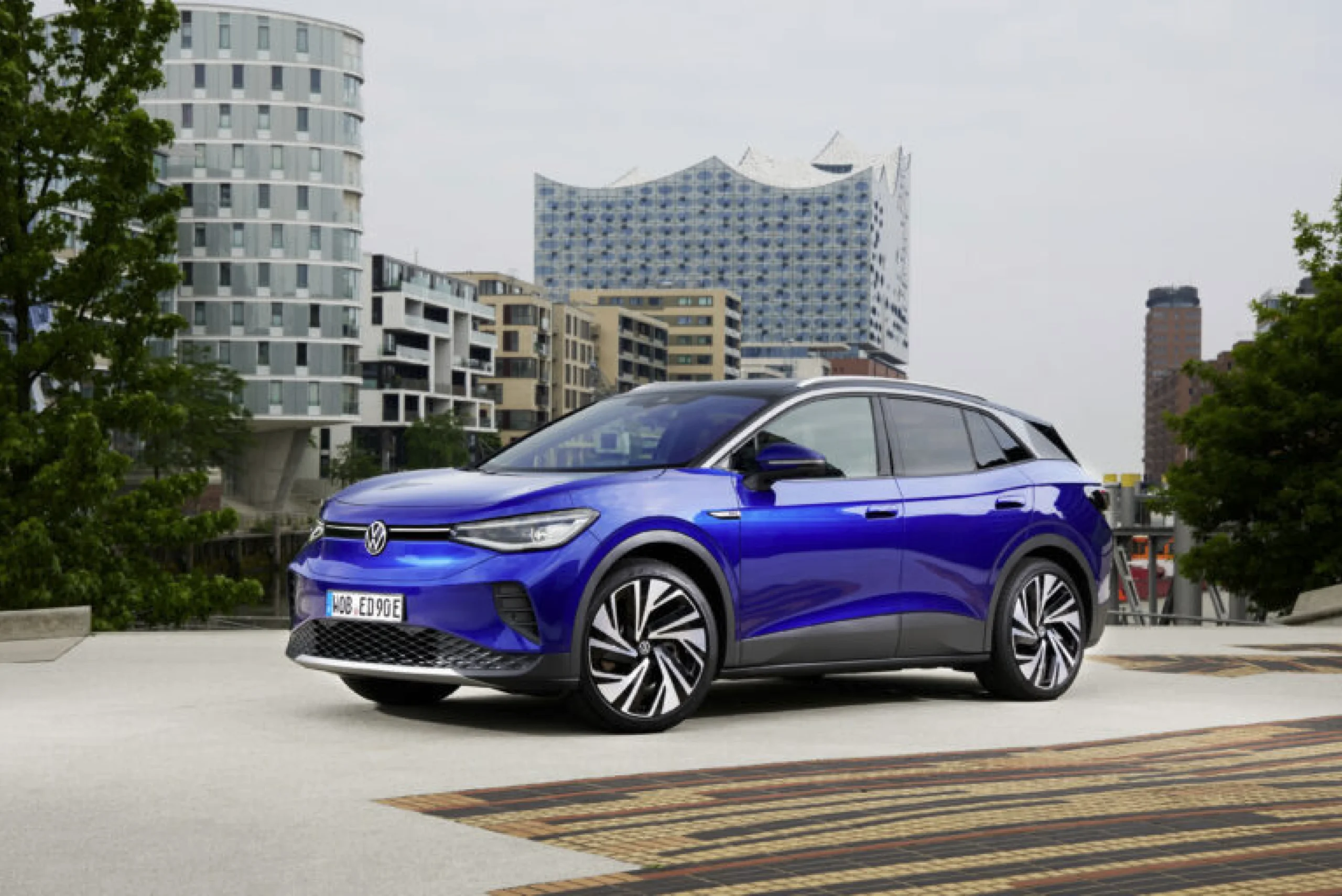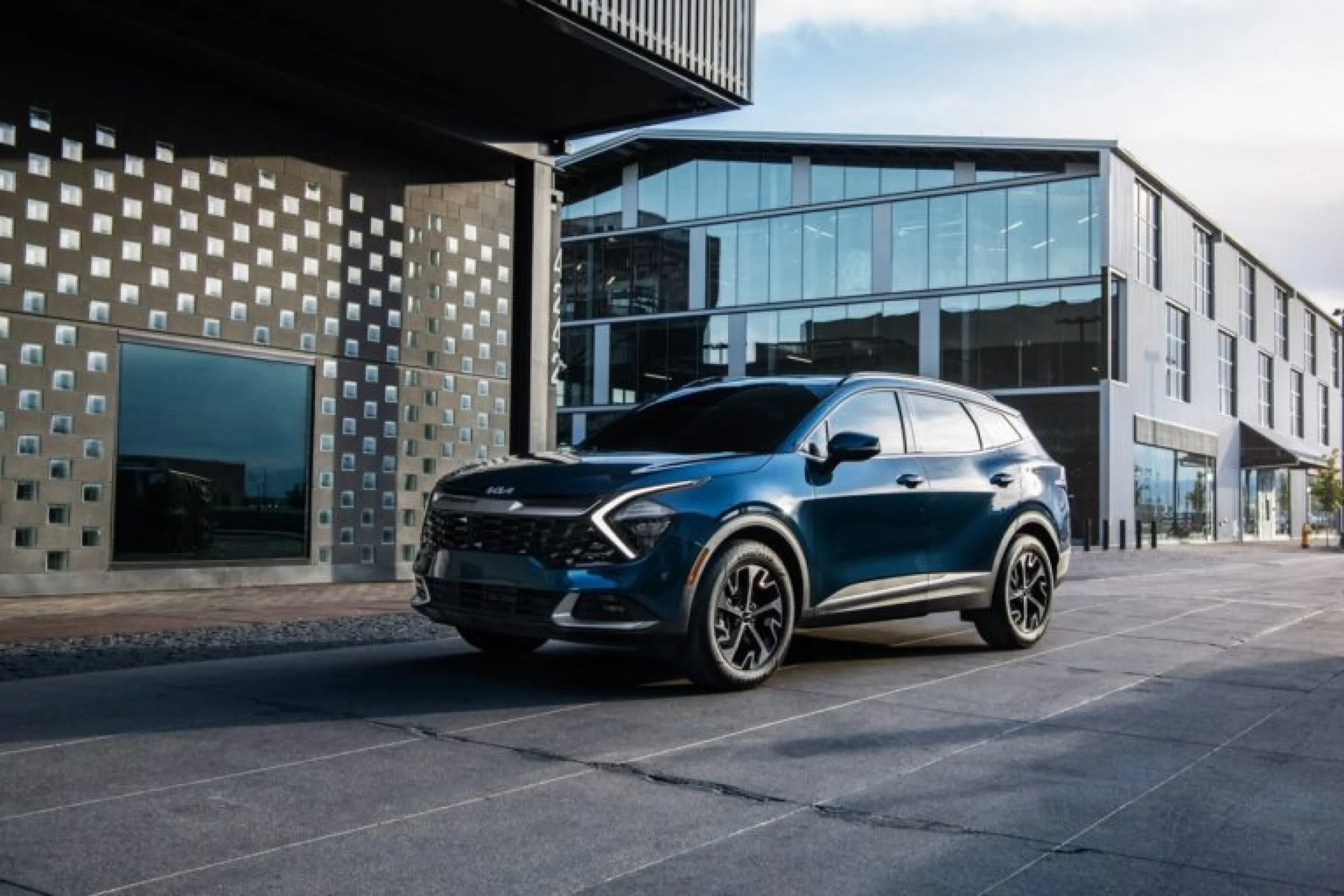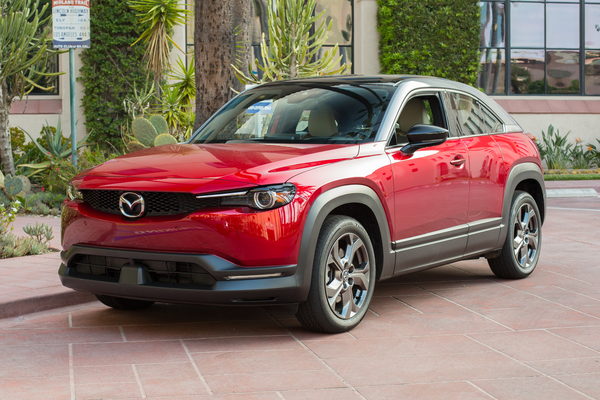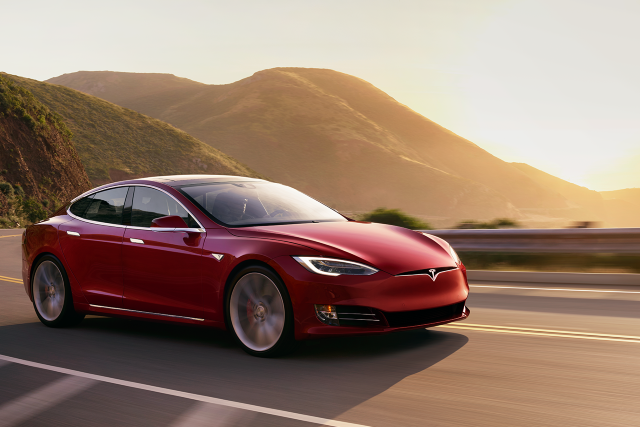
Much of the talk surrounding electric vehicles centers on topics like charging and costs. These are unquestionably important issues to sort through. But we are discussing automobiles, after all. So, shouldn’t we also be asking, “What’s an EV like to drive?”
It’s an important question, not just for the curious car aficionados, but for all EV owners. The mechanical and design components of these green vehicles make for a driving experience that gas-powered car owners may not be accustomed to.
With that in mind, here are some of the most notable performance features unique to EVs.
Any notion that EVs are slow cars will be quickly erased once you step on the accelerator. Their performance capabilities will be noticeable from the get-go. Generally, EVs accelerate faster than similar gas-powered cars.
Opposed to internal combustion engines, which require a progressive buildup to reach full power, electric motors produce peak torque instantaneously. The result is a quick acceleration new EV drivers might find jolting. Tesla claims its Model S, for example, goes from zero to 60 in just 1.99 seconds, more than 2 seconds faster than the sporty, gas-powered Porsche 911. This zippiness isn’t limited to high-end cars. The Nissan Leaf is the most affordable mass-produced EV and boasts a respectable sub-7 second 0 to 60 mph rate.
The EV performance feature that new owners may find most jarring initially is regenerative braking. The system is best explained by first looking at how conventional braking works. When a driver steps on the brake pedal, the brake discs and brake pads create friction to slow the wheel’s movement. The friction creates kinetic energy, which turns into heat and dissipates into the air. That kinetic energy isn’t wasted in regenerative braking. Instead, the system recovers some of that energy and converts it into electricity used to help recharge the battery.
Regenerative braking significantly enhances an EV’s efficiency, but it also creates a unique driving experience new owners will have to get accustomed to. In order to capture as much energy as possible, the system initially kicks in as soon as the driver releases the acceleration pedal. Instead of coasting, the system automatically begins to apply the brakes, causing the car to begin slowing down slightly even without the brake pedal engaged. This can be disconcerting at first and may take some getting used to.
On the other hand, drivers will likely be pressing down on the brake pedal less often, which will reduce wear and tear to the brakes themselves. Regenerative braking technology is continuously improving, with newer EV models boasting more seamless braking systems.
Most EVs have their battery packs located at the bottom of the vehicle. This extra weight creates a low center of gravity, a feature that gives EVs several performance and safety advantages.
A low center of gravity improves the vehicle’s stability and handling. This makes it easier to navigate tight turns, for example. Having a high percentage of the car’s total weight concentrated at the bottom of the vehicle also reduces the likelihood of the vehicle rolling over.
One of the first things you’ll notice when you get your EV on the road is what’s missing: noise.
Because they do not have internal combustion engines, EVs don’t emit any engine or exhaust noise. The vehicles do make some sound, from their tires and wind drag, but overall have a particularly quiet ride.
While a silent drive has its perks, it can also create a safety hazard. Sound is often the first thing that alerts pedestrians, bicyclists and other road users of an oncoming car. To mitigate this danger, the federal government has begun requiring EV manufacturers to outfit their vehicles with noise-making devices. The “Quiet Car” rule calls for EVs to emit noise when they are traveling at low speeds or in reverse.
AAA’s Recommendation: Whether you own an electric vehicle or a gas-powered car is up to you – and you should consider lots of factors in making that choice. No matter what type of vehicle you’re choosing, we recommend visiting a dealership, test driving one, and asking as many questions as possible to make an informed decision.





















